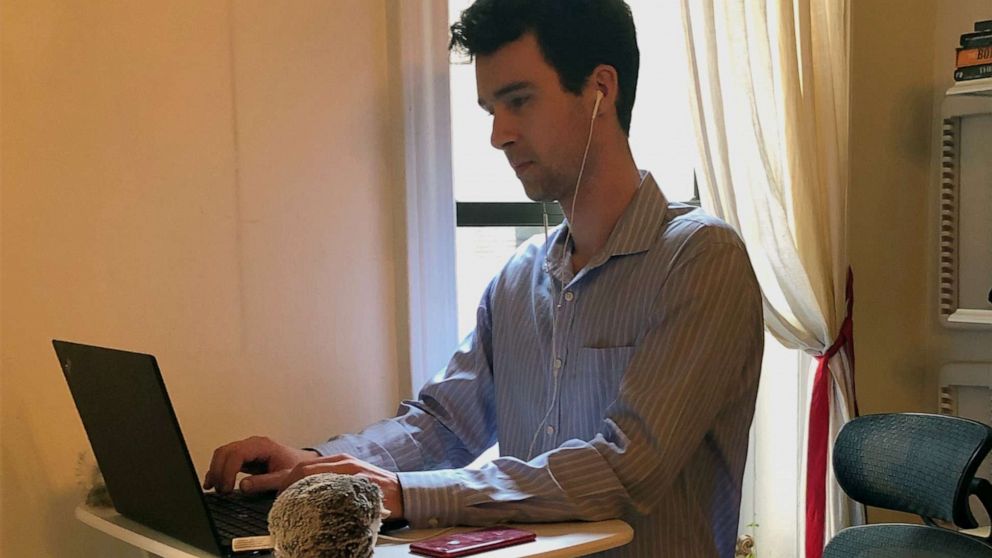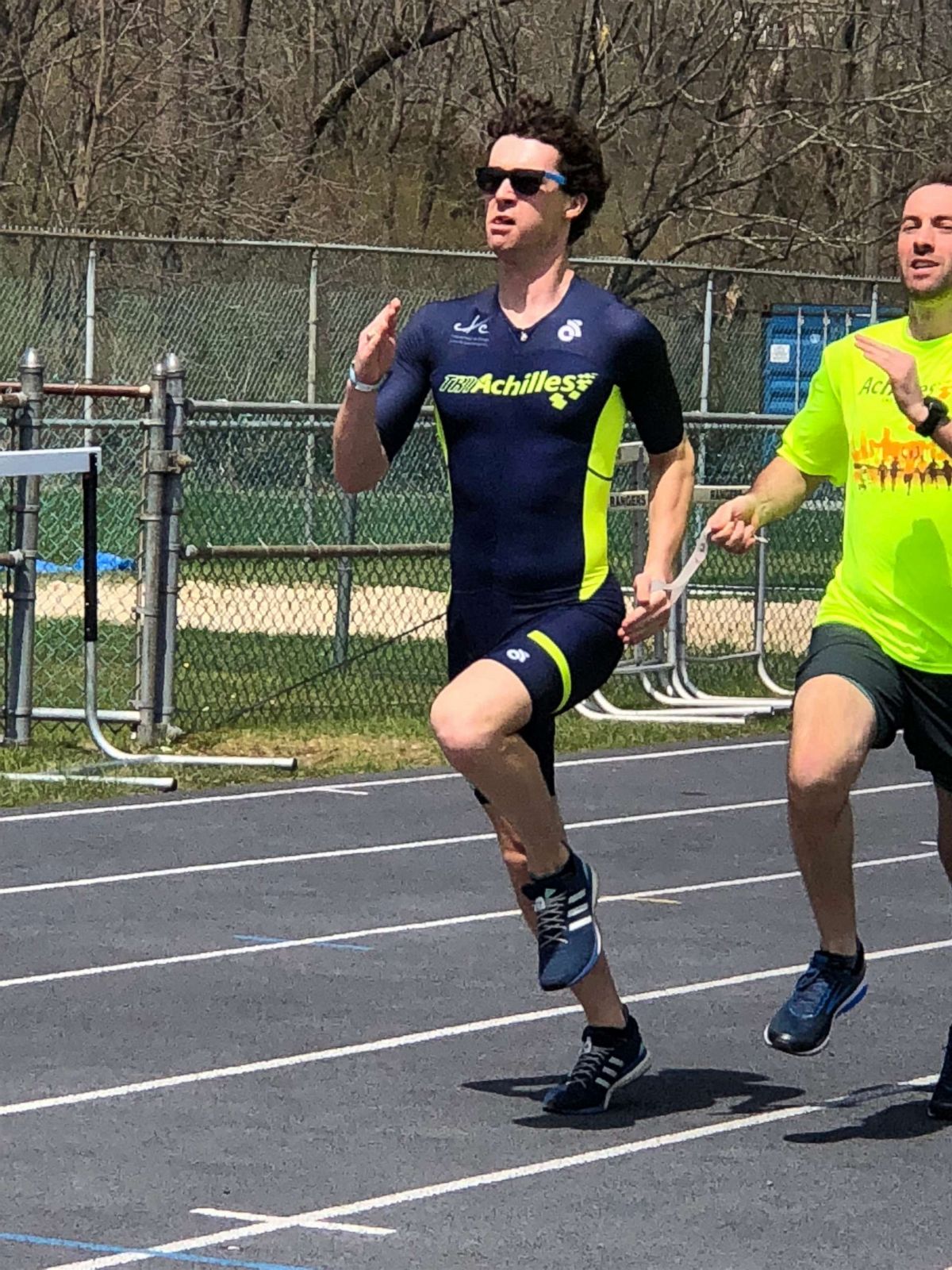By CAROL GLAZER | NEW YORK DAILY NEWS, AUG 24, 2021 5:00 AM
The Olympics may be over, but the Paralympics, with its 240 incredible men and women representing the United States, are in high gear. What a proud and thrilling time for our country as we witness our best athletes excel in their sport and, in the best of circumstances, win a medal.
Despite everything going on in the world, the Summer Olympics and the Paralympics give us a sense of belonging and a chance to connect with our family, friends and co-workers as we discuss the most memorable moments.

What strikes me as an even bigger moment for our nation was when athletes like gymnast Simone Biles and runner Noah Lyles decided to share their own personal mental illness stories with the world. It was a stark reminder to us all about the pressures these athletes feel every day. Most likely, we will soon see more stories about athletes experiencing anxiety resulting from the added pressures of competition. (According to the International Paralympic Committee, paralympic athletes are likely to experience a range of stressors that will compromise their personal well-being.)
I was diagnosed nearly a decade ago with PTSD, so I know first-hand how difficult it is to say, “I need help” or “I am struggling.” It’s public figures like Biles and Lyles, and former gold medal swimmer Michael Phelps who show real courage and give others the confidence to publicly disclose their mental health issues. They show us there is no shame in that. Phelps even started a foundation that focuses on support for healthy living, and a central component is mental health.
According to Mental Health America, 44 million adults have a mental illness and nearly one in five American adults will have a diagnosable mental health condition in any given year. Unfortunately, those numbers will most likely continue to rise as our country continues to grapple with racial injustice, unemployment and the uncertainty about the future caused by the global pandemic.
As businesses bring people back to the office, they are keenly aware that some employees will have difficulty adjusting to the “next normal” in the workplace, juggling expectations at home and in the office.
Company managers need to keep in mind that they may be supervising “long haulers,” or people who have long-term mental health and physical issues caused by COVID-19. This not only could have an impact on employees but on a business’ work productivity. Anxiety and depression are real, and as a nation, we need to take action and help each other. It may be challenging to deal with the stigma of those mental illnesses, but the consequences of not acting — lost productivity, lost workdays, and in the extreme, suicide — are far greater.
We need to have honest conversations about these issues in the workplace. We need to make sure our colleagues are okay if they seem to be suffering. And we need to train managers, those involved with employee assistance programs and all co-workers in how to spot anxiety and depression and how to help those who seem to be suggesting that they might need help.
The paralympics may be over in a couple of weeks, but let’s not end the important conversation that came out of these international games this year. I urge all of us to not judge others, have empathy and keep helping our friends and family who are suffering from mental illness. We as a country win when everyone knows they can open up about their mental health challenges.
Glazer is president of the National Organization on Disability.






